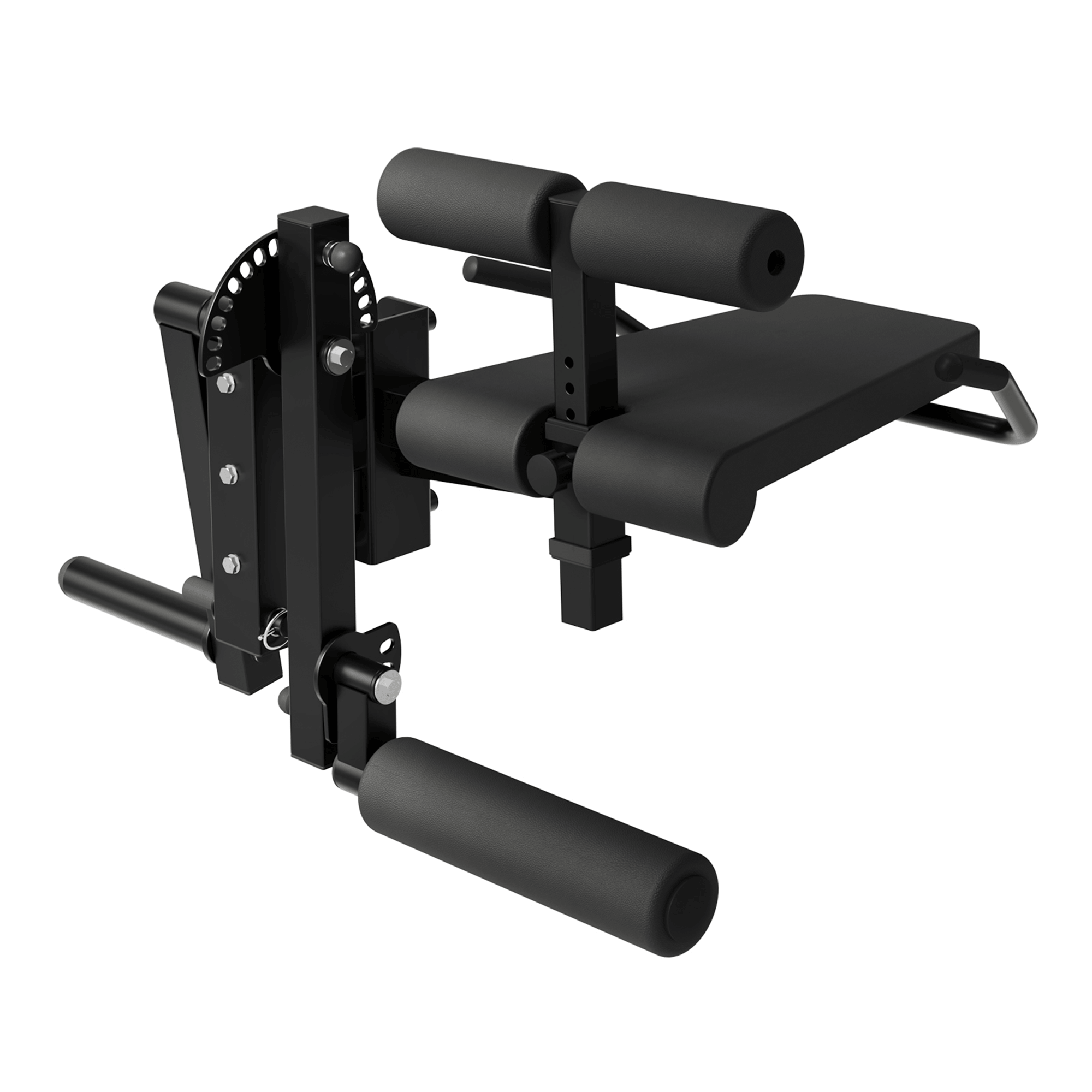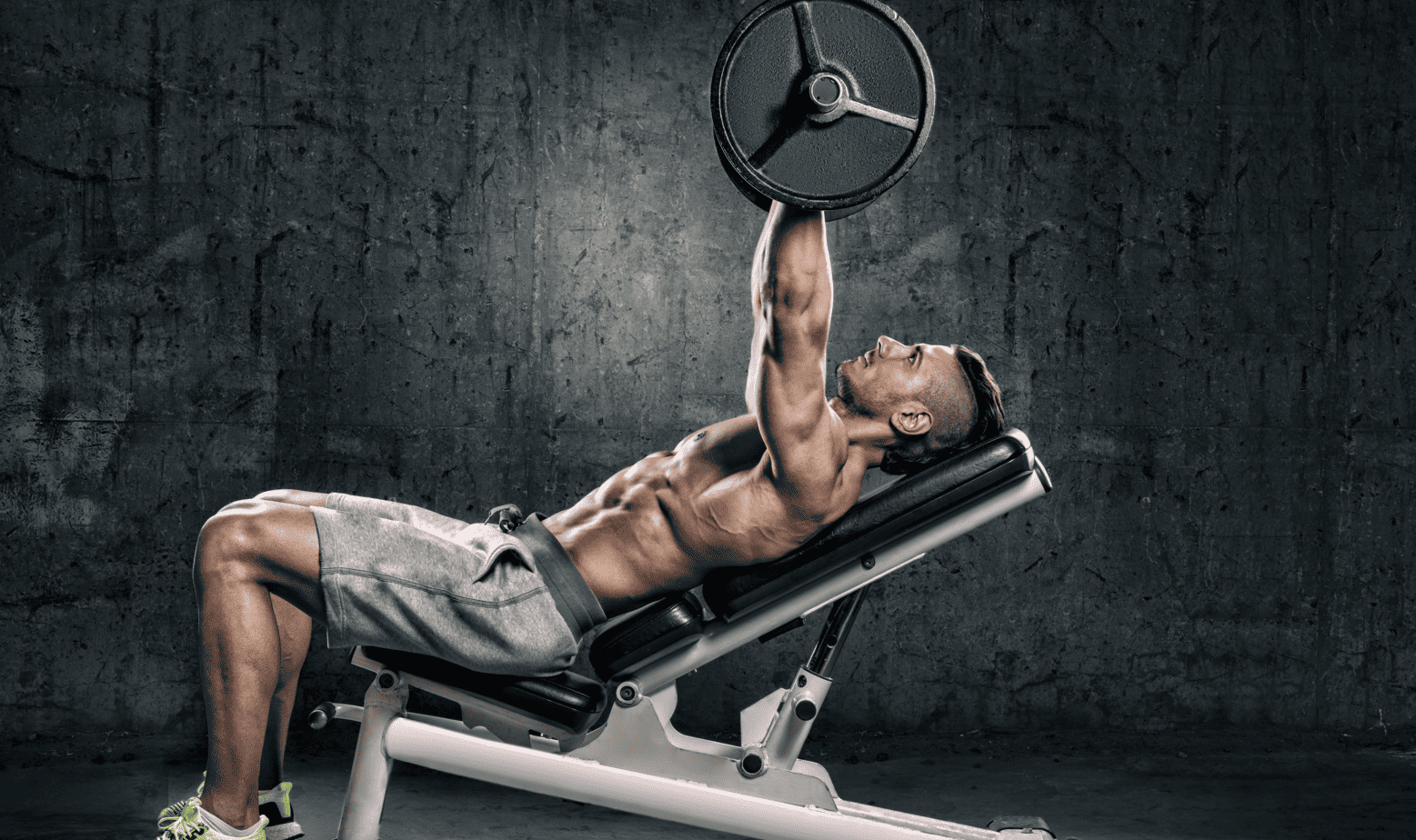When you're training for upper body strength, few muscle groups are as essential—or as complex—as the shoulders. But which of the following is a muscle of the shoulder, and how do you train them correctly? In this guide, we'll break down the main shoulder muscles, their types, functions, and how they all work together to support mobility, power, and posture.
What Muscles Are in the Shoulder?
The shoulder is made up of several interrelated muscles that together enable a wide range of motion. The main shoulder muscles include:
-
Deltoid – The primary mover for shoulder lifting, this muscle has three heads: anterior (front), lateral (middle), and posterior (rear).
-
Rotator Cuff – A group of four smaller muscles that stabilize the shoulder joint:
-
Supraspinatus
-
Infraspinatus
-
Teres Minor
-
Subscapularis
-
-
Teres Major – Assists in shoulder extension and internal rotation.
-
Trapezius and Rhomboids – While not technically part of the shoulder, they support shoulder movement and posture.
If you're wondering what muscles make up the shoulder, the deltoid and rotator cuff are the two key groups to focus on.
Types of Shoulder Muscles
There are two main types of shoulder muscles:
-
Prime Movers: These include the deltoid and teres major, responsible for dynamic motion like pressing or lifting.
-
Stabilizers: The rotator cuff muscles play this role, keeping your shoulder joint safe and functional.
Each type is equally important. Neglecting either can lead to imbalances, reduced performance, or injury.
Major Shoulder Muscles: Function and Form
To correctly understand and label the muscles of the shoulder, consider both their anatomy and biomechanics:
-
Anterior Deltoid: Raises the arm forward (flexion).
-
Lateral Deltoid: Raises the arm sideways (abduction).
-
Posterior Deltoid: Moves the arm backward (extension and horizontal abduction).
-
Rotator Cuff Muscles: Work collectively to stabilize and rotate the humerus.
Use a shoulder muscles reference chart or anatomical diagram to visualize their location and function. This is especially helpful for trainers, students, and fitness enthusiasts seeking to boost their E-E-A-T with accurate information.
Training the Main Shoulder Muscles
Proper training involves targeting all heads of the deltoid and strengthening the rotator cuff. Here are examples:
-
Overhead Press: Engages all three heads of the deltoid.
-
Lateral Raises: Targets the lateral deltoid.
-
Face Pulls: Strengthen the rear deltoids and rotator cuff.
-
External Rotations: Isolate the infraspinatus and teres minor.
Understanding what muscles are in the shoulder helps guide your program design, ensuring balanced development and injury prevention.
Conclusion
The shoulder is a marvel of biomechanics, built for strength, flexibility, and precision. By learning what muscles make up the shoulder and how to train them, you not only improve your physique but also reduce your risk of injury and enhance athletic performance. Whether you’re a coach, lifter, or simply curious, always use verified anatomical sources and correctly label the muscles of the shoulder when designing your training plan.













































Leave a comment
This site is protected by hCaptcha and the hCaptcha Privacy Policy and Terms of Service apply.